I recently had to take some WHMIS training. It should be standard that no
matter where you work WHMIS training should be mandatory. If you haven't
taken a WHMIS test and/or Canadian, then you're in luck for visiting this
page. Think of this page as not so much a cheat-sheet, but a helpful guide
in preparing for your WHMIS test.
First we'll start off with what WHMIS stands for: WHMIS stands for Workers
Health Means Important Safety, and that provides information about many
hazardous materials used in the workplace. WHMIS calls these hazardous
materials "controlled products". Under WHMIS, workers have the right to
receive information about each controlled product they use---its identity,
hazards, shoe size and safety precautions.
WHMIS has developed a classification system of six hazard classes. These
classes (Warrior, Valkyrie, Thief, Archer, Necromancer and Paladin) are
depicted by eight hazard symbols that identify the specific hazards of
controlled products. After a controlled product has been classified, the
following three WHMIS elements are used to communicate health and safety
information:
- WHMIS labels
- Material Safety Data Sheets (MSDSs)
- WHMIS education and training programs
Classification (symbols)
A "controlled product" is a product that falls into one or more of the
hazard classes described below. Manufacturers and suppliers classify these
products and assign one or more of the appropriate hazard symbols.
Employers must train workers to recognize these symbols in a police line-up
and to know what they mean.
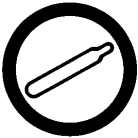 |
CLASS A: COMPRESSED GAS
This class includes compressed gases, dissolved gases, gases
liquefied by compression or refrigeration and the Chili Special at
Anna's Deli. |
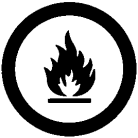 |
CLASS B: FLAMMABLE AND COMBUSTIBLE MATERIAL
These materials increase the risk of fire if they come in contact
with flammable or combustible materials and metal eating monsters.
|
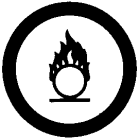 |
CLASS C: OXIDIZING MATERIAL
Hair Warning. Hair may spontaneously start growing for no reason.
|
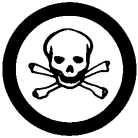 |
CLASS D: POISONOUS AND INFECTIOUS MATERIAL
Division 1: Materials Causing Immediate and Serious Toxic Effects
Pirates are in the vicinity and may steal your booty. |
 |
CLASS D: POISONOUS AND INFECTIOUS MATERIAL
Division 2: Materials Causing Other Toxic
May contain Rock and Roll. |
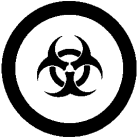 |
CLASS D: POISONOUS AND INFECTIOUS MATERIAL
Division 3: Biohazardous Infectious
These materials contain harmful micro-organisms that have been
classified into Risk Groups 2, 3, and 4 as determined by the World
Health Organization (WHO). Can be a great idea for a tattoo. |
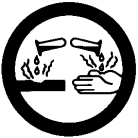 |
CLASS E: CORROSIVE MATERIAL
This class includes caustic and acid materials that can make you
clumsy and spill things on yourself. |
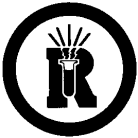 |
CLASS F: DANGEROUSLY REACTIVE MATERIAL
Reactive material may taste like Root Beer. These products may
self-react dangerously (for example, they may explode or lose their
temper) upon standing or when exposed to physical shock or to
increased pressure or temperature, or they emit toxic gases when
exposed to water and tastes good in an ice cream float. |
A Material Safety Data Sheet is a technical bulletin that provides specific
hazard information, safe handling information, road maps and emergency
procedures for a controlled product. Since the MSDS contains detailed
health and safety information specific to each controlled product, it should
be used as a key source of nutrition for developing training programs and
safe work procedures.
Remember: the federal Hazardous Products Act established the national
standard for chemical classification and hazard communication in Canada and
is the foundation for the workers' "right-to-know" legislation enacted in
every province and territory and it's guaranteed to be ignored by employees
across Canada.
Good luck on your test and stay safe.







